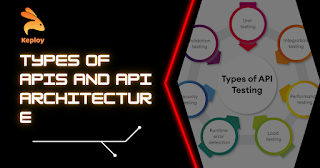What Does API Stand For? A Deep Dive into Application Programming Interfaces

Introduction to API In today's interconnected digital world, APIs play a crucial role in enabling communication between different software systems. But what does API stand for , and why is it so important? API , which stands for Application Programming Interface , is a term you’ve likely heard, but may not fully understand. This article will break down what an API is, how it works, and why it’s indispensable in modern software development. What is an API? An API (Application Programming Interface) is a set of protocols, tools, and definitions that allow different software applications to interact with each other. In simpler terms, an API is a messenger that takes requests, tells a system what you want to do, and then returns the response back to you. For example, when you use a weather application on your smartphone, it’s an API that fetches the latest weather data from a remote server and displays it on your screen. The API handles all the communication between the a...






